Five action steps to shrink the digital divide
eSchool News
OCTOBER 6, 2023
Titled Mind the Gap: Closing the Digital Divide through affordability, access, and adoption , the report from Connected Nation (CN), with support from AT&T, provides new insights into why more than 30 million eligible households are not opting to access internet service at home or leverage the ACP.



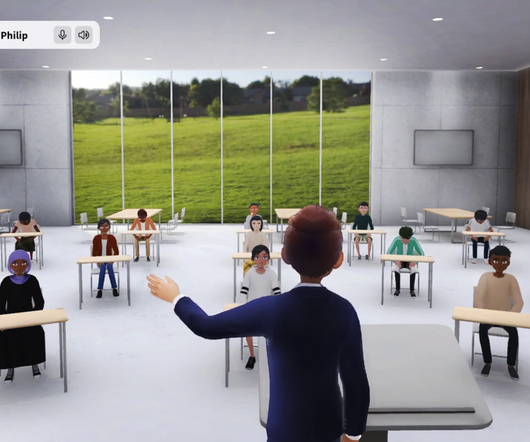
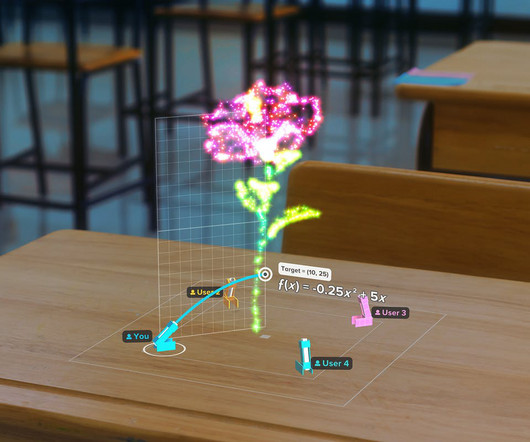

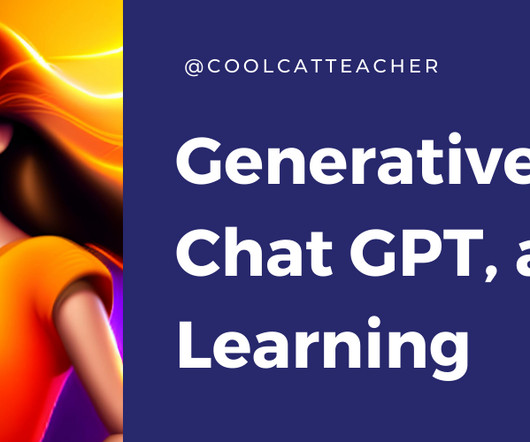




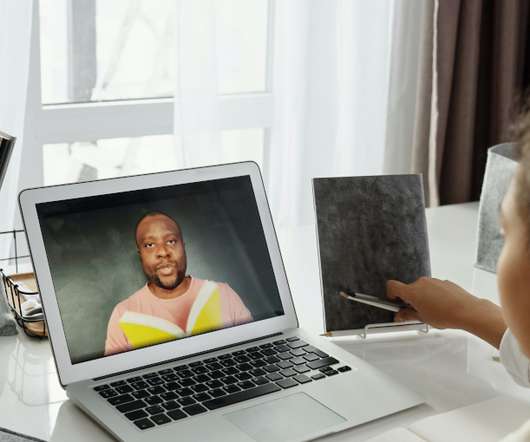

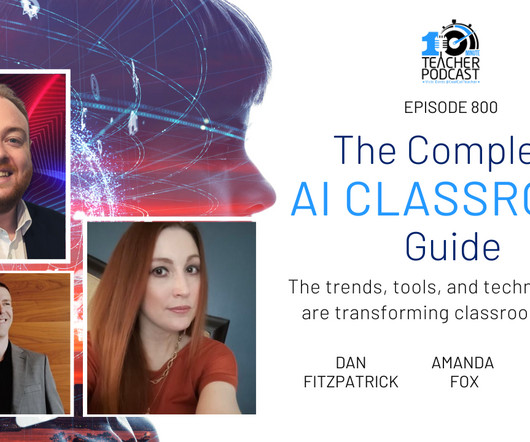


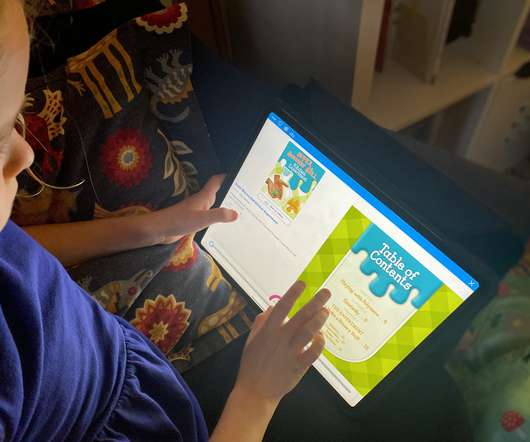











Let's personalize your content